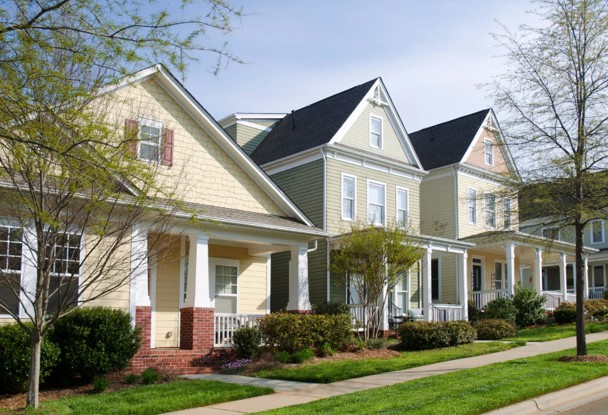The Rise of Multigenerational Living Arrangements
The concept of multigenerational living is experiencing a significant resurgence in contemporary society. This lifestyle choice typically involves multiple generations of a family living under one roof, fostering familial bonds and providing mutual support. As economic conditions evolve and the norms surrounding family dynamics shift, more families are opting for this arrangement. The change is influencing housing preferences, leading to a marked increase in demand for larger homes equipped to accommodate multiple generations.
Shifting Demographics and Economic Factors
Several factors contribute to this growing trend towards multigenerational living. Economic pressures, such as rising housing costs, have made it difficult for younger generations to afford homes independently. Consequently, many are moving back in with their parents or grandparents to share expenses. Additionally, with increased longevity and improved healthcare, seniors are looking for a living situation where they can maintain independence while being near family for support. The result is a demographic shift that underscores the importance of designing homes that cater to the needs of various age groups.
Market Demand for Larger Homes
As the popularity of multigenerational living increases, so does the demand for larger homes with multiple bedrooms and living areas. Builders and developers are now recognizing this trend and are responding by designing properties that accommodate these specific living arrangements. Homes equipped with private suites, multiple living spaces, and separate entrances are becoming increasingly common. Such features not only provide privacy for individual family members but also facilitate a shared living experience when desired.
Implications for Builders and Developers
The rise in demand for larger, multigenerational homes presents a unique opportunity for builders and real estate agents. Understanding the needs of this market segment allows developers to tailor their offerings accordingly. This may involve not only expanding the size of new homes but also incorporating flexible floor plans that can adapt to changing family dynamics over time. Real estate agents, on the other hand, can guide buyers in finding homes that will suit their multigenerational needs, potentially enhancing their marketability and effectiveness.
Design Considerations for Multigenerational Homes
When it comes to the design of homes intended for multigenerational living, several factors come into play. Privacy is a crucial consideration; therefore, layouts that include separate living areas and bathrooms can enhance comfort and reduce potential conflicts. Additionally, homes that incorporate wheel-chair accessible designs are becoming increasingly sought after due to the aging population. Furthermore, kitchens and communal spaces should be designed to accommodate larger gatherings, fostering connection while also ensuring that individual needs are respected.
The Impact on Real Estate Markets
The shifting preferences toward multigenerational living are also likely to reshape housing markets across the country. As demand for these homes increases, it may drive prices up in certain areas, especially in urban centers where space is limited. Conversely, suburbs and smaller towns may see a rise in popularity as families search for larger properties that can accommodate their needs. This trend reinforces the notion that housing markets are constantly adapting to meet the evolving needs of communities.
Conclusion
In summary, the increasing trend of multigenerational living is reshaping the housing landscape, creating unique opportunities for builders and real estate agents alike. The demand for larger homes with thoughtful designs caters to the needs of families seeking intimacy and support while maintaining a level of independence. As industry professionals adapt to these changes, the real estate market is bound to evolve, reflecting the diverse realities of today’s families. Understanding and addressing the nuances of multigenerational living is crucial for maximizing potential in this burgeoning market.
FAQs
What is multigenerational living?
Multigenerational living refers to multiple generations of a family living together in a single household, often to provide support, sharing of expenses, and enhanced family bonds.
Why are families choosing multigenerational living arrangements?
Families are opting for multigenerational living primarily due to economic pressures, the increasing costs of housing, and the desire for family support as members age.
What types of homes are in demand for multigenerational living?
Homes with larger floor plans, multiple bedrooms, separate living spaces, and private entrances are increasingly in demand to accommodate the needs of multigenerational households.
How can builders and real estate agents capitalize on this trend?
Builders can design homes with features that promote privacy and accessibility, while real estate agents can specialize in matching families with properties that suit their multigenerational needs.
What design features are important for multigenerational homes?
Key design features include separate living areas, accessible bathrooms, adaptable spaces for communal gatherings, and private entrances to enhance privacy for individual family members.

